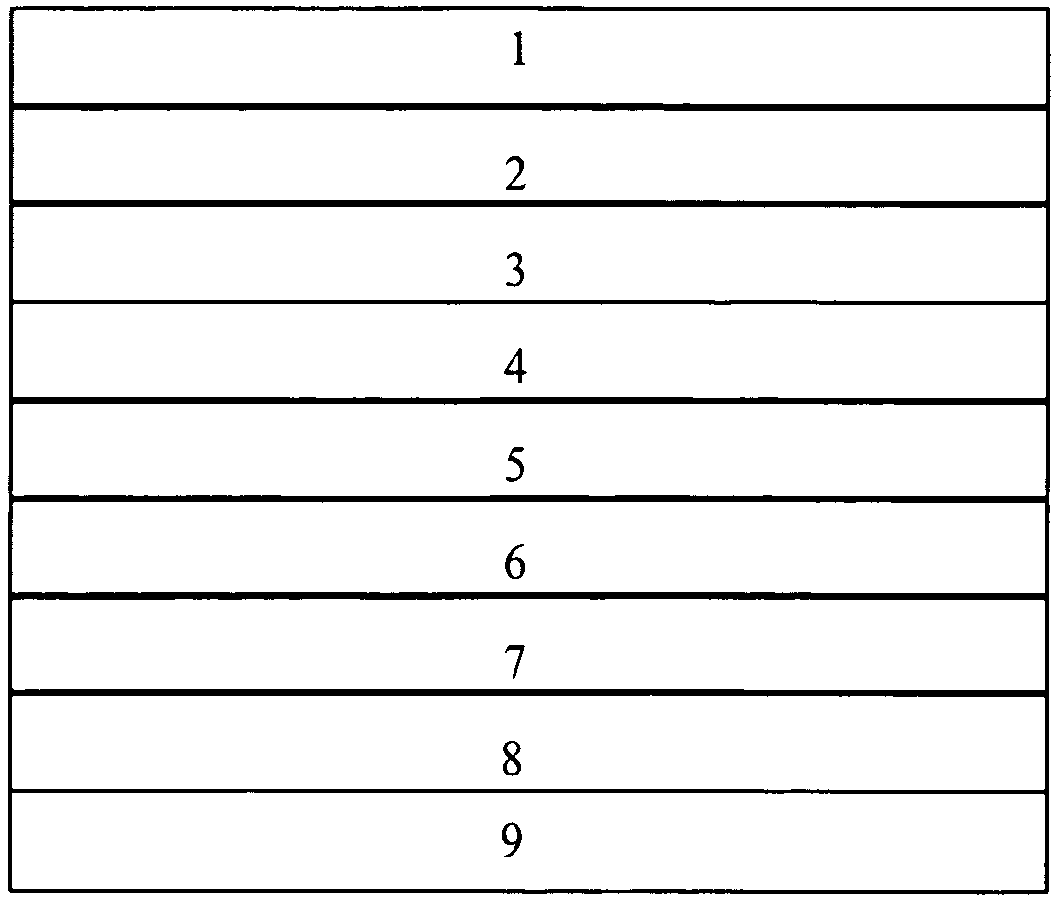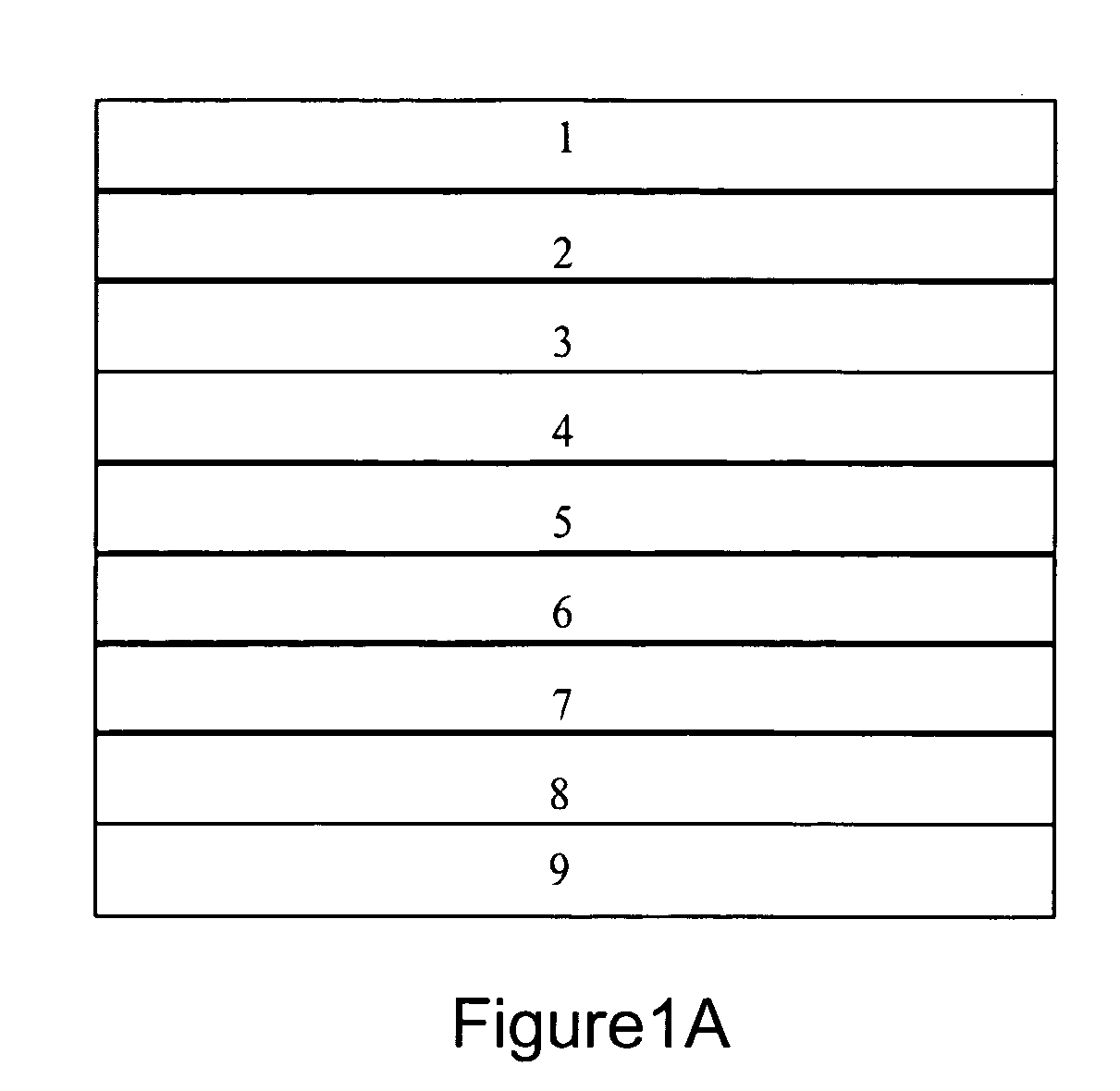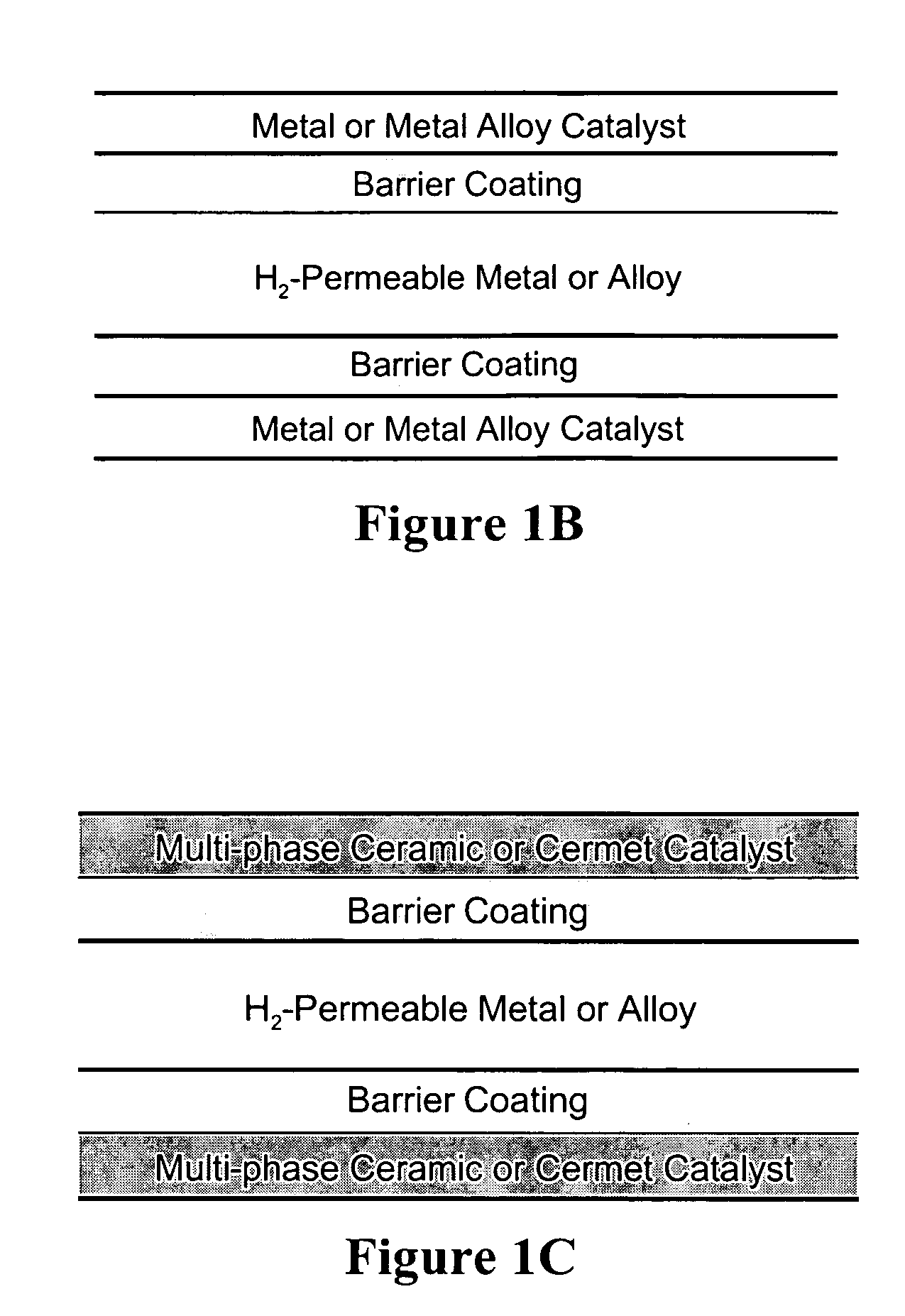Dense, layered membranes for hydrogen separation
a hydrogen separation and layered technology, applied in chemical/physical/physical-chemical stationary reactors, metal/metal-oxide/metal-hydroxide catalysts, bulk chemical production, etc., can solve the problem of long operational life under actual operating conditions, and achieve significant hydrogen permeability, minimize harmful interdiffusion, and minimize interdiffusion
- Summary
- Abstract
- Description
- Claims
- Application Information
AI Technical Summary
Benefits of technology
Problems solved by technology
Method used
Image
Examples
example 1
Preparation of Dense Vanadium-Containing Cermet Membranes
[0166]Cermets are prepared by combining selected amounts of powders of vanadium and a selected ceramic optionally in further combination with a sintering aid and optionally in further combination with an organic binder. The combined powders are formed into selected shapes, e.g., by pressing and the shaped cermets are sintered in vacuum or inert gas at an appropriate temperature until dense. Sintering agents and organic binders are employed, as is known in the art, as needed to achieve densification. When sintering agents are employed, typically 0.5 to 4 wt. % of the sintering agent may remain in the sintered material.
[0167]Sintered shaped cermets are ground to a selected thickness and provided with catalyst layers, typically applied as thin layers by, for example, metal deposition.
[0168]Vanadium-alumina cermets are prepared by combining powders of vanadium metal and alumina in combination with Y2O3 as a sintering aide and poly...
example 2
Hydrogen Permeation Characteristics of Composite Barrier Coatings
[0176]To function as barrier coatings, ceramics, cermets, and inorganic salts must exhibit sufficient hydrogen permeability. Accordingly, a series of membranes were prepared from barrier coating materials and selective hydrogen flux across the membranes was measured. Examples for each category of barrier coating are provided below.
[0177]Ceramic Composites. FIG. 6 shows the ambipolar conductivity (i.e., mixed hydrogen ion / electron conductivity) of four perovskite-based ceramics, each with a different B-site dopant, B′, at a fixed concentration. The general composition for these ceramics is BaCe0.8B′0.2O3-δ. Within this series, there is a gradual increase in ambipolar conductivity from 1.1×10−4 to 3.3×10−4 S / cm for the first three compositions as the transition metal dopant moved from left to right across the periodic table (i.e., V to Fe). However, a more substantial increase in conductivity to 6×10−3 S / cm is observed f...
example 3
[0190]An exemplary dense multilayer membrane useful for hydrogen separation or purification at a preferred temperature range of 300 to 600° C. with layers as illustrated in FIG. 1A is prepared with layers and layer thicknesses as follows:[0191]Layer 1: porous alumina, 1 mm thick;[0192]Layer 2: porous zinc oxide, 1 mm thick;[0193]Layer 3: Pd, 0.25 μm thick;[0194]Layer 4: 60 vol. % RbNO3 / 40 vol. % La1-xSrxCoO3 (LSC, where 0.1≦x≦0.4), 1 μm thick;[0195]Layer 5: Vanadium metal, 100 μm thick;[0196]Layer 6: same as Layer 4;[0197]Layer 7: same as Layer 3;[0198]Layer 8: none; and[0199]Layer 9: none.
PUM
| Property | Measurement | Unit |
|---|---|---|
| Temperature | aaaaa | aaaaa |
| Digital information | aaaaa | aaaaa |
| Digital information | aaaaa | aaaaa |
Abstract
Description
Claims
Application Information
 Login to View More
Login to View More - R&D
- Intellectual Property
- Life Sciences
- Materials
- Tech Scout
- Unparalleled Data Quality
- Higher Quality Content
- 60% Fewer Hallucinations
Browse by: Latest US Patents, China's latest patents, Technical Efficacy Thesaurus, Application Domain, Technology Topic, Popular Technical Reports.
© 2025 PatSnap. All rights reserved.Legal|Privacy policy|Modern Slavery Act Transparency Statement|Sitemap|About US| Contact US: help@patsnap.com



